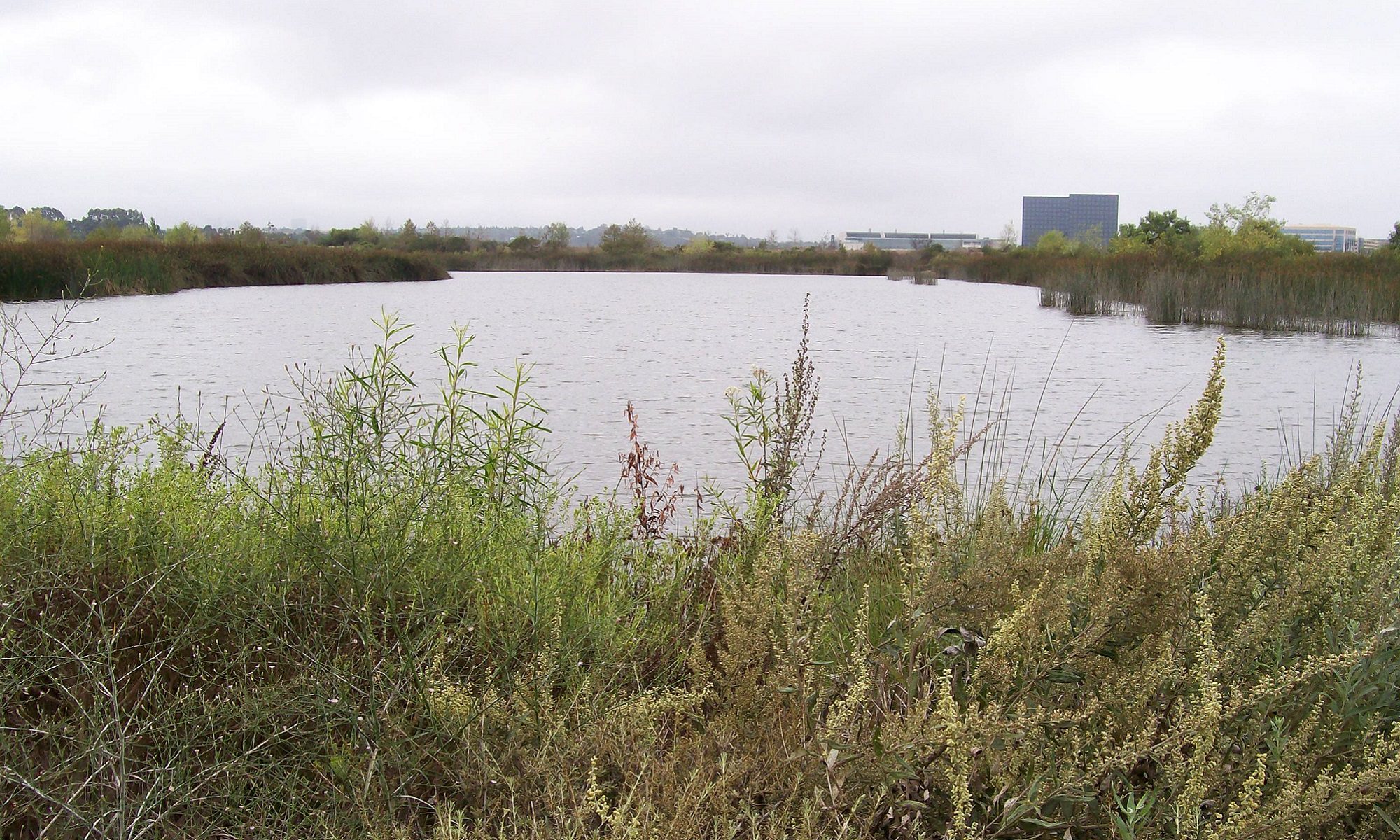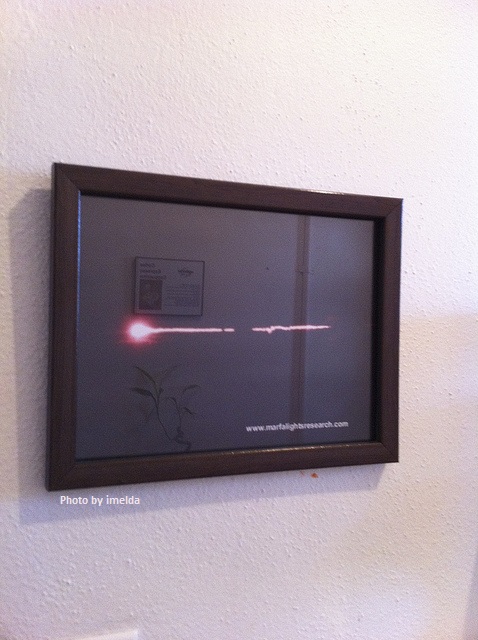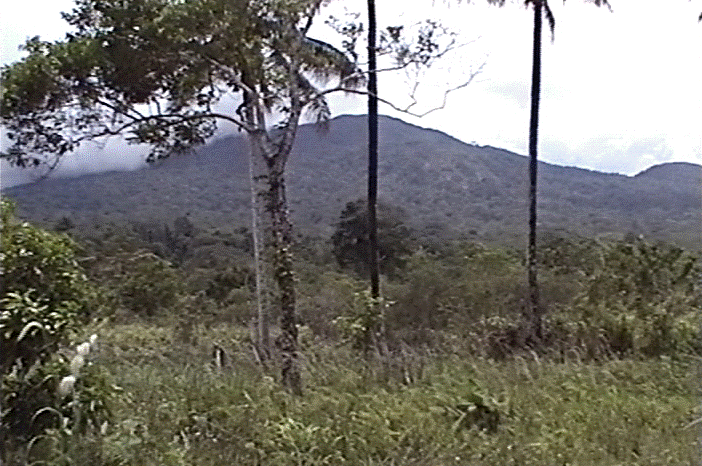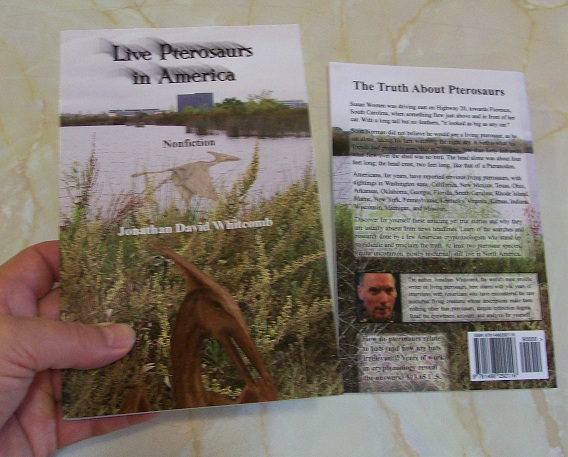An amateur astronomer, standing outside his New Mexico home, about 140 miles west of Lubbock, Texas, saw an apparent bioluminescent nocturnal pterosaur on September 1, 2014. It was gliding across the telescope’s field of view, which was at low magnification for finding the Andromeda Nebula. Michael Slack, of Roswell, New Mexico watched the flying creature both through the eyepiece and by direct observation.
Possible Ropen Bioluminescence
The eyewitness said, “As to there being any ‘lights’ or luminescence…the grayish colored areas of my sketches was a dull grayish brown (Brackish) color that could easily be seen with the naked eye against the night sky. The yellow colored pencil I used in my sketches represents the “Dull” yellowish spotting I saw. On the drawing of the winged creature if you will notice there is some yellow color added…this also represents the area of the creature that looked to me like the most illuminated aspects/parts of the thing combined with the afore mentioned grayish/brown coloring.”
Other Night Sightings of Possible Pterosaurs in Western USA
From the book Searching for Ropens and Finding God (third edition) we read about sightings of strange nocturnal flying creatures:
That report prepared me for an email I received years later, early in 2012, about two men who had seen two huge flying creatures about twenty-five miles to the south, over San Diego [California]. One of the men told me, “It was about 8 pm. . . . it was a really clear night cuzz it had rained the day before. We were standing in the street . . . from the west came this dark object in the sky. It was right over us [90-120 feet high] . . . it looked like a huge bird, it was gliding in the air . . . it turned around and it stood still in the air, it was flapping its wings while it was there. Then . . . came another one . . . as it got close to the other one they both went east.”
From a California Newspaper Article in 1891
[Introduction to Los Angeles Herald article] The Fresno sportsman now goes gunning for pterodactyls. These are dragons who lived in the carboniferous age, but who forgot to get petrified . . .
FRESNO, July 31. The report that two strange dragons with wings have recently appeared in the swamps east of Selma was at first regarded by many as a sen- sational story without foundation in fact, but after different persons at different places had claimed to have seen the strange creatures it began to be thought worth investigating. . . .
The men who live along the swales and sand hollows east and southeast of Selma on the evening of July 13th heard strange sounds in the air just after dark, like the rushing of wings when some large bird passes swiftly through the air overhead. At the same time a cry was heard, resembling that of a swan, though enough different to make it plain it was not a swan . . .
[On another night two men] were surprised to hear a strange, strangling noise in the deep swale under the bridge. In a moment there was a heavy flapping of wings and the two monsters rose slowly from the water and flew so near the men that the wind from their wings was plainly felt.
###
The moon had already gone behind the trees, by the middle of that night a week ago Monday, so Mr. Slack and his buddy searched the sky for the Andromeda Nebula. This required using a low-magnification eyepiece, fortunately, to locate that galaxy, allowing the amateur astronomer to see the flying creature sweep through the field of view.
Jonathan David Whitcomb, a forensic videographer, interviewed Hodgkinson, in 2004, and found his testimony credible [the sighting itself was in New Guinea in 1944]. In 2005, Garth Guessman, another ropen investigator, in Montana video-taped his own interview with Hodgkinson and the session was analyzed by Whitcomb, who became even more convinced the World War II veteran was telling the truth: The man had seen a ropen.
“Pterodactyl” in Southern States
“I live in central [New Mexico]. Fourteen years ago, in [Socorro], N.M., me and a close friend, who now has a masters in biology, were hiking during the midday sun at [a] box canyon and something blocked the sun for a moment. We both looked up to see what did that and saw a large flying animal.”
Getting back to the lady’s encounter northwest of Austin, she told her husband, “It looked like a pterodactyl.” Note that she first was thinking or hoping for a commonplace explanation: a big turkey vulture, only this thing had a long neck and a pointed beak and head. The wingspan was the length of the water trough, six feet, and it was “at least four foot tall.”
.





